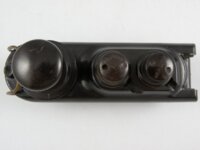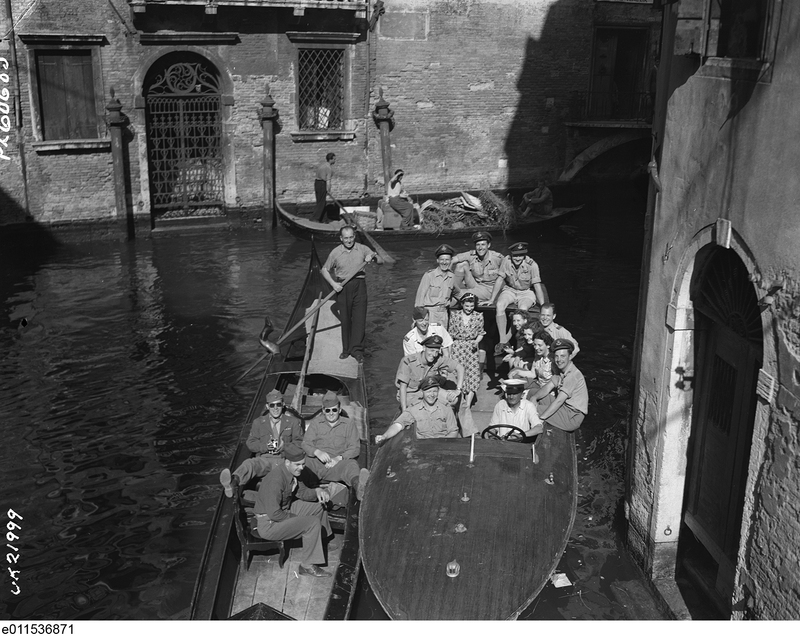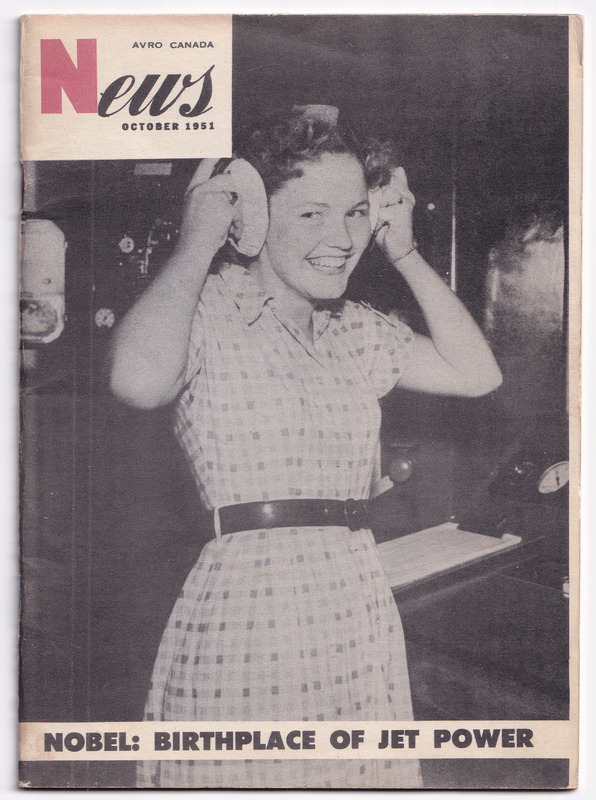Items
Type is exactly
Featured
-

Morse code key
-

"City of Windsor" 417 Squadron Pilots Tour Venice (May 1945)
No. 417 Squadron, RCAF "City of Windsor" Squadron Venice, Italy Gondola -

Avro News (Oct 1951)
